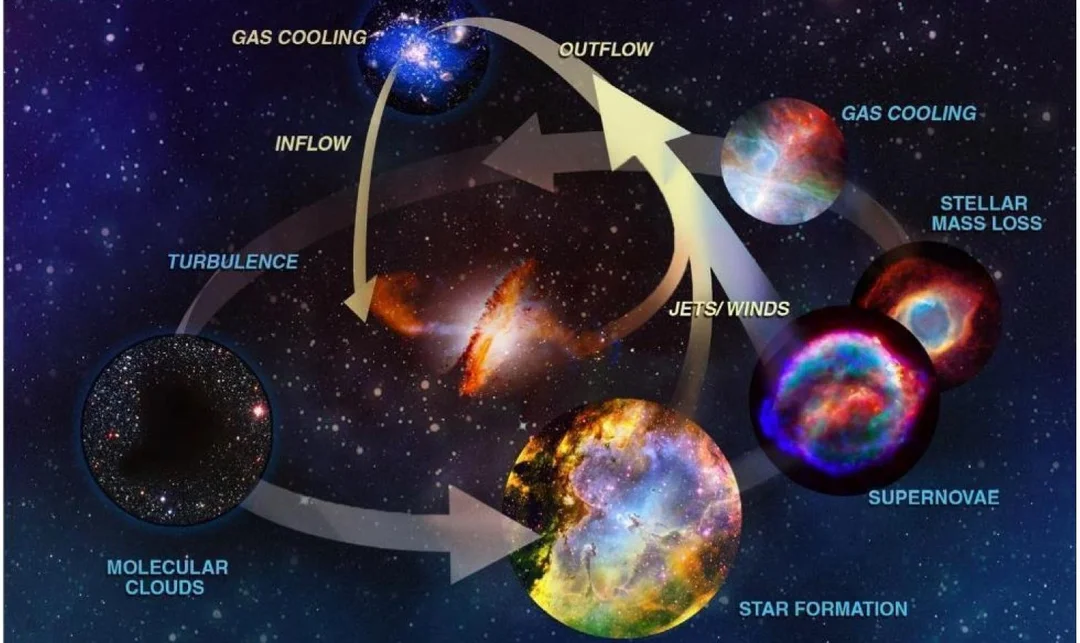
NASA’s Future Uncertain: Congress Weighs in on Mars vs. Moon Ambitions
The future of NASA's ambitious space exploration programs hangs in the balance as Congress grapples with proposed budget cuts and shifting priorities. At the heart of the debate lies a fundamental question: should the agency focus on a sustained lunar presence or accelerate efforts toward a manned mission to Mars? The potential cancellation of key programs has sparked outrage among scientists and raised concerns about the U.S.'s leadership in space exploration.
The White House's recent budget proposal has ignited a firestorm of controversy. Plans to slash NASA's budget by 24% and eliminate flagship programs like the Space Launch System (SLS) rocket, Orion spacecraft, and Lunar Gateway have sent shockwaves through the space community. Critics argue that these cuts would severely cripple NASA's ability to achieve its goals and threaten America's position as a global leader in space exploration.
At the heart of the debate is the fate of the Mars Sample Return (MSR) mission, a cooperative effort between NASA and the European Space Agency (ESA) to bring Martian rock and soil samples back to Earth for analysis. The White House argues that MSR is "grossly overbudget" and that its goals can be achieved by human missions to Mars. However, experts like Stanford University planetary scientist Scott Hubbard dismiss this notion as "nonsense," pointing out that a crewed mission to Mars is unlikely to occur before 2039 or 2040.

The proposed cancellation of MSR has sparked outrage among scientists. MEPAG chair Victoria Hamilton argues that the project was ranked as the highest priority of U.S. planetary science and that without it, other nations could seize the opportunity to pull off sample-return missions of their own. Others caution that sending humans to Mars could compromise the integrity of the samples due to contamination from Earthly microbes.
As the debate rages on, the future of SLS and Orion remains uncertain. Despite NASA's initial plan for ten SLS missions, the White House's fiscal 2026 budget plan calls for phasing out the rocket and spacecraft after only two more flights. Some experts, like George Washington University's John Logsdon, question the technical foundations of the Artemis program, arguing that it relies on an expensive and outdated launcher and untested hardware.
The uncertainty surrounding NASA's future has led to speculation about alternative approaches to space exploration. One possibility is a shift towards commercial partnerships, similar to the Commercial Orbital Transportation System (COTS) model that led to the development of SpaceX's Dragon and Northrop's Cygnus spacecraft. Under this model, NASA would provide funding and guidance to private companies to develop their own spacecraft, rockets, and services.
SpaceX's Starship is emerging as a potential contender to replace SLS, but its development is still ongoing. Concerns remain about the pace of development, the need for in-orbit refueling, and the historical challenges of developing crewed spacecraft.

As the budget process unfolds, the fate of NASA's ambitious programs will be determined by Congress, potentially influenced by the agency's new administrator, Jared Isaacman. The choices made in the coming months could have far-reaching implications for the future of space exploration and America's role in it.
The decision facing Congress is a complex one, with profound consequences. Will they prioritize a return to the Moon, a push towards Mars, or a new approach that embraces commercial partnerships? What are your thoughts on the future of NASA and its role in space exploration? Share your opinions in the comments below.